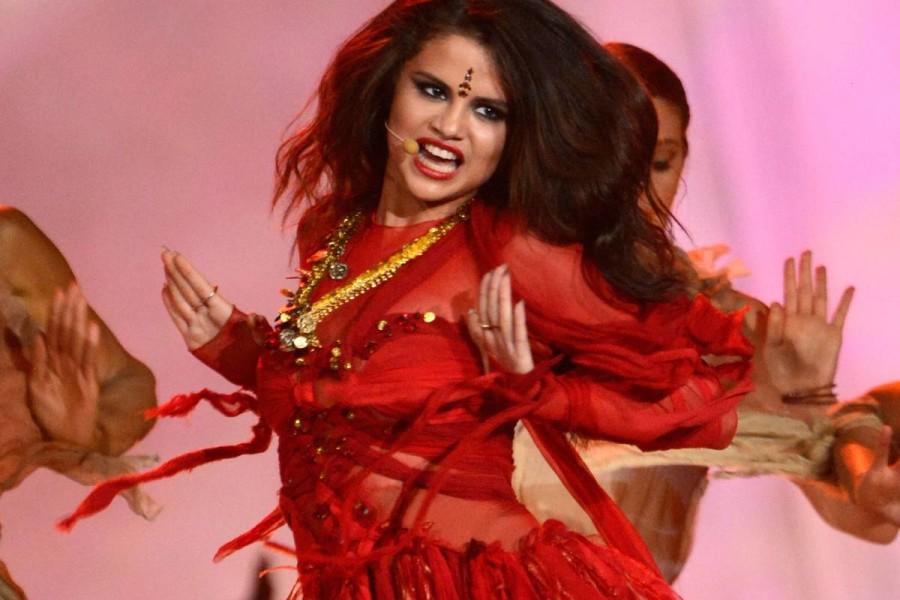It’s spring, flowers are blooming, graduation is approaching, and people are going to concerts dressed in colorful indie outfits… but are they appropriate?
It’s common to see concert attire include a lot of sparkles, bindis, fringes, and crop tops, portraying a “Bohemian” look. A bindi is a dot placed on the center of the forehead traditionally worn by Hindu women. Celebrities like Vanessa Hudgens and Selena Gomez have been seen wearing bindis to concerts. However, people fail to stop and think about what their attire means. That bindi people casually wear signifies much more to the Hindu religion.
“I’m not going to stop you from wearing it, but everything we do put on our forehead is very spiritual. So, married women wear their bindis, but also younger girls in the Hindu religion wear it for fashion, but we know where to wear them. We wear them appropriately. I feel if you wear cultural items like that to places like Coachella (a popular music festival), it’s kinda out of place,” freshman Rinny Singapori, a Hindu, shared.
The different mixing of cultures falls into a category called cultural appropriation. According to Wikipedia, this is “the adoption of elements of one culture by members of a different culture.” The mixing and blending of cultures isn’t necessarily bad, but it’s important to know the significance of what one is wearing. Although the bindi has lost significance over the years, it still has a special meaning today in the Indian tradition. When people wear bindis as a fashion statement, it is making something
sacred to the Indian tradition into something that is worn just for fun. This devalues the bindi in our society. It is essential to know the meaning of what you’re wearing and not take it out of context.
This is specifically harmful when majorities take sacred items from a minority because the majority is often shown more in our society, therefore its portrayal often signifies what our society thinks is accurate. An example of this is when people wear Native American headdresses. Last year, it was a huge trend for people to wear these headdresses as a hipster fashion piece. Singer-songwriter Pharrell Williams angered many by wearing the headdress in an Elle magazine photo shoot last year. Wearing this not only reinforces stereotypes, but it also devalues the headdress.
The Native American headdress has a much deeper spiritual meaning and casually wearing it as a fashion item degrades it. Native Americans believed that if they carried certain items from animals, they could actually acquire the power of the animals. The headdress wasn’t something that was worn at will but had to be earned.
I’ve heard people try to justify their appropriation by using the, “If non-Americans can wear jeans, why can’t I wear a bindi?” line. However, jeans aren’t seen as something sacred in America, unlike bindis, which hold a deeper spiritual meaning in the Indian tradition.
It is okay to be culturally influenced, but it is important to know that one is being influenced, and not only credit that culture, but understand it before appropriating it










